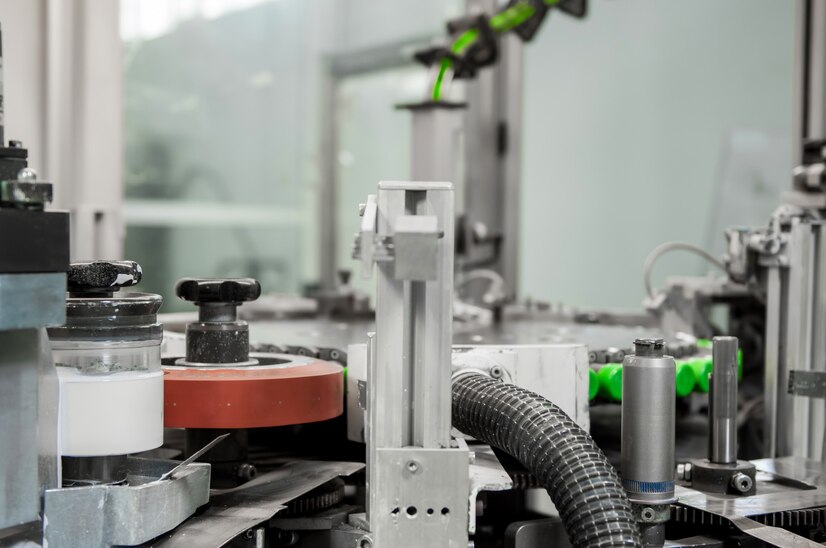Die casting, a cornerstone of metalworking stands as a marvel of transforming molten metal into intricate and precise parts. From car engine components to smartphone housings, this remarkable process shapes our world in countless ways. But have you ever wondered what happens behind the scenes? Let’s break down the die-casting process into 5 easy steps, making this fascinating technique more accessible.
Step 1: Mold Preparation (The Stage is Set)
Imagine a two-piece metallic mold as the heart of the die-casting operation. This mold, engraved with the desired part shape, undergoes meticulous preparation by mold manufacturer China before the molten metal arrives:
Cleaning: Any dust or debris within the mold cavity is meticulously removed to ensure a smooth casting process and a flawless part surface.
Lubrication: A special lubricant is applied to the mold’s inner surfaces. This lubricant serves two purposes: regulating temperature and creating a thin film that aids in easy part removal after solidification.
Step 2: Metal Melting (Heating Up the Act)
The main character, the molten metal, comes alive in a furnace. Here, the chosen metal alloy (often aluminum, zinc, or magnesium) is intensely heated until it liquefies. Think of a giant pot transforming solid metal into a flowing liquid.
Step 3: Injection (The Molten Metal Takes Shape)
The molten metal is ready for its close-up in Die casting China manufacturing process. High pressure forces it through a narrow opening (sprue) into the mold cavity, filling every nook and cranny. Imagine a powerful syringe injecting the liquid metal into the mold’s prepared cavity.
Step 4: Solidification and Cooling (Giving the Metal Time to Set)
The injected metal isn’t left to its own devices. The mold remains clamped shut for a controlled period, allowing the molten metal to solidify completely within the cavity. This ensures the metal fills the mold precisely, resulting in a dimensionally accurate part. Think of it as giving the metal time to cool down and harden in its final form.
Step 5: Ejection and Trimming (The Part Makes its Debut)
Once the metal has cooled and solidified sufficiently, the mold opens, revealing the newly formed casting. But the part isn’t quite ready for the world just yet. Ejector pins strategically placed within the mold gently push the part out. Any excess material from the sprue is then trimmed off using secondary processes. Imagine the part being carefully removed from its mold cradle and getting the finishing touches.
The Beauty of Repetition
The magic of die-casting lies in its continuous and cyclical nature. Once the part is trimmed, the mold closes again, and fresh molten metal is injected, ready to create the next identical part. This cycle repeats, transforming liquid metal into precise and functional components at a rapid pace.
Conclusion: Unveiling the Power of Die Casting
By following these 5 easy steps, you gain a basic understanding of die casting’s core principles. This efficient process offers numerous advantages, including:
High Production Rates: Mass production of identical parts becomes achievable due to the speed and automation of the process.
Near-Net-Shape Parts: Die casting delivers parts with minimal dimensional deviations, reducing the need for extensive post-processing compared to other techniques.
Material Versatility: A wide range of metal alloys can be used, catering to various strength, weight, and corrosion resistance requirements.
While die casting excels in many ways, it’s essential to consider factors like initial mold cost and part design complexity when choosing the most suitable manufacturing method for your project. Nevertheless, this remarkable 5-step process continues to be a driving force in shaping the metal components that make up our world.
Have A Look :-
- How To Develop A Solid Business Strategy?
- Unveiling the Magic: A Journey into the World of Entertainment

